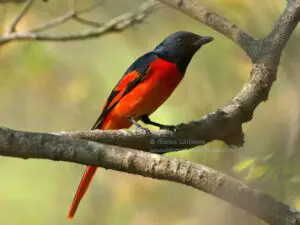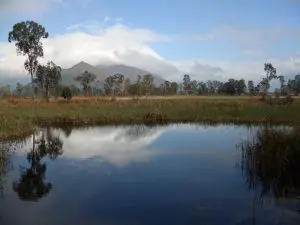Deep Bay is a Key Winter Area and Stopover for Waterbirds
The Ramsar Convention on Wetlands of International Importance was signed at Ramsar, Iran, in 1971. Its mission is, “The conservation and wise use of all wetlands through local and national actions and international cooperation, as a contribution towards achieving sustainable development throughout the world.” Countries can designate Wetlands of International Importance – often known simply as Ramsar sites, providing they meet certain criteria.
- Deep Bay is a Key Winter Area and Stopover for Waterbirds
- Mai Po Marshes Nature Reserve
- Mai Po reserve management, and wetland woes to the west
- Deep Bay’s established mangrove community outshines new plantations
- Fish farmer subsidies ensure feasts for egrets
- Deep Bay’s otters rarely sighted but caught on camera
These criteria include regularly supporting 20,000 or more waterbirds; or regularly supporting at least 1 percent of the regional population of a waterbird species. Inner Deep Bay easily surpasses these criteria – as it supports 50,000-80,000 wintering waterbirds, along with another 20,000-30,000 shorebirds that stopover during their spring and autumn migrations. Plus, not one but 14 bird species annually occur in numbers exceeding 1 percent of their populations travelling the East Asian – Australasian flyway – which is a broad grouping of migration routes connecting nesting areas including northeast China and Siberia with winter haunts from China south to Australia and New Zealand.

Deep Bay’s star bird is the globally endangered Black-faced Spoonbill, a white, heron-like bird named for its spatulate bill, which breeds on islands in the Yellow Sea, and migrates south in autumn to spend winter at coastal wetlands from Japan west to Vietnam. A census spanning ten countries and territories in January 2021 recorded 4,864 individuals, with over 7 percent of these (361 birds) at Deep Bay. Though significant, the tally of observations from sites around Deep Bay such as Mai Po Marshes, the Hong Kong Wetland Park and the nearby Shenzhen coast was 5.7 less than the previous year’s figure, and 22 percent below the record Deep Bay count of 462 individuals in 2010.
Update, April 2024: the global population of Black-faced Spoonbill has reached over 6900, but Deep Bay has failed to keep pace with the increase, with around 300 this past winter: Black-faced Spoonbill global population stabilizes while Deep Bay proportion hits second lowest in history.
Eleven of the other species meeting the 1 percent threshold are shorebirds, which mostly breed in northeast Asia, with many travelling as far as Australia for the winter, and stopping at Deep Bay to rest and refuel during their journeys.
Mai Po Marshes Nature Reserve
Even along the short walk from a car park to the gate at the entrance to the Mai Po Marshes Nature Reserve, wildlife is far more readily seen than in much of Hong Kong. Perhaps a Little Grebe – like a tiny duck – swims on a roadside fishpond, Grey Herons fly overhead, Great Egrets give raucous calls and fly off as humans approach, and Great Cormorants –large, black birds that also feed on fish – are perched on wires and trees. Within the reserve, hundreds more herons and egrets hunt in shallow ponds, which in winter also attract flocks of ducks, and in spring host thousands of shorebirds on transit to breeding grounds in northeast Asia.
Mai Po is a key component of the Deep Bay wetland, which straddles the border between northwest Hong Kong and Shenzhen. Though also home to Eurasian Otters, Mongooses, Leopard Cats, mudskippers and even a unique species of crab, the wetland is chiefly important for birds – which helped spur measures to protect it.
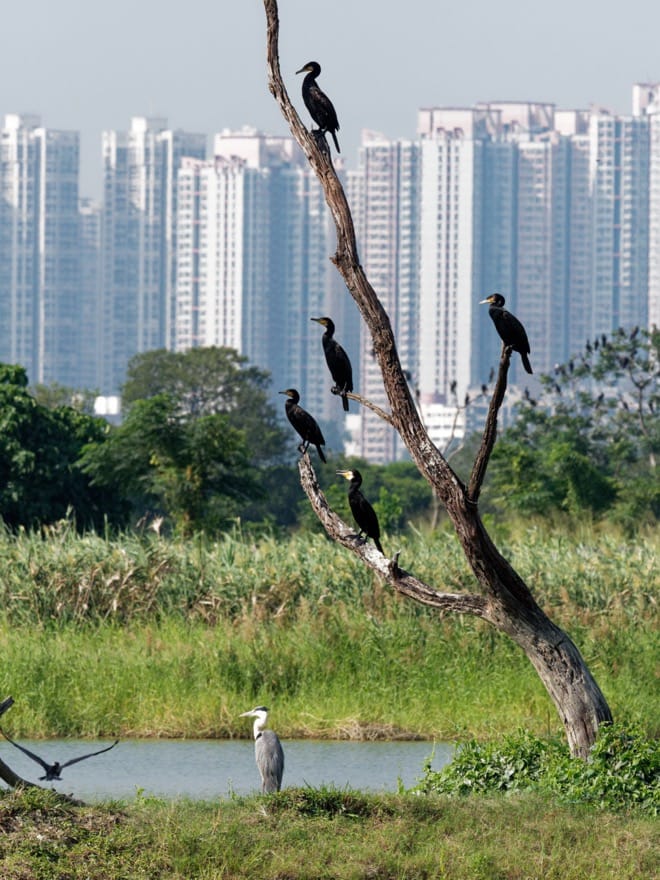
From early last century, the mangrove fringed shrimp ponds – gei wai – at Mai Po became a location for birdwatchers seeking species that were hard to find elsewhere in Hong Kong. With little other than extensive fishponds and scattered hamlets in the vicinity, it must have seemed a wild, even remote place. But in the 1970s, there were fears the planned construction of a housing estate at Fairview Park could threaten the marshes, and birdwatchers Mike Webster and Fred Hechtel successfully petitioned the government to protect the area, which was declared a site of special scientific interest.
Soon afterwards, a handful of local conservationists joined together to establish a local office of the World Wide Fund for Nature – which is now WWF Hong Kong. Rather than raise funds for the headquarters in Switzerland, they decided to support local projects, the first of which would be managing Mai Po Wildlife Education Centre and Nature Reserve (to give its full title), in collaboration with Hong Kong’s Agriculture, Fisheries and Conservation Department.
In autumn 1983, with initial funding from the Royal Hong Kong Jockey Club, WWF Hong Kong started to develop and manage the Mai Po reserve, including by building a visitor information centre and a concrete footpath. The first guided visits for schools and the public were organised in 1985, and other early developments included an innovative floating boardwalk, leading along a creek through a belt of mangroves, to a viewing hide overlooking mudflats along the southern shore of Deep Bay.
Really a shallow estuary – it makes a deep indentation in the coastline, this bay supports a wealth of marine life including worms, shellfish, fiddler crabs and mudskippers, that thrive in the tidal mudflats, and in turn support most of the tens of thousands of migratory waterbirds that visit Deep Bay each year. Particularly as these birds include significant numbers of globally endangered species such as Black-faced Spoonbill, Dalmatian pelican, Saunders’ Gull and Nordmann’s Greenshank, in 1995 the Hong Kong government listed Inner Deep Bay under the Ramsar Convention as a wetland of international importance.
According to the convention, this meant Hong Kong would strive for wise use of the wetland – defined as “the maintenance of their ecological character, achieved through the implementation of ecosystem approaches, within the context of sustainable development”. This meant fishponds around Mai Po could continue operating, while making it harder for developers to obtain permission to transform areas into housing developments. But in itself, the Ramsar listing did not secure the future of the wetland, which is always changing, and requires small-scale and large-scale management.
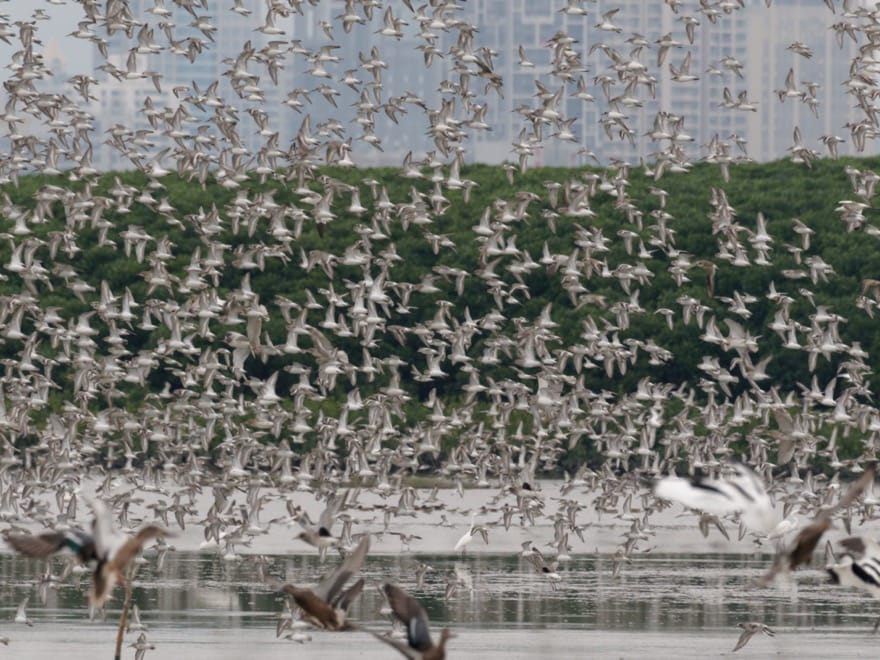
Mai Po reserve management, and wetland woes to the west
Fion Cheung of WWF Hong Kong’s Mai Po team meets me one morning, for a short tour and discussion of some of the challenges – and possibilities – in managing the reserve. As it turns out, some issues the team face seem remarkably mundane.
We start by a pond that formerly attracted several hundred wild ducks each winter, but numbers declined for unknown reasons, so the team tried attracting them to return by providing duck feed. “We were glad to find a supplier who could help, and with more feed, the number of ducks increased a little last year, so we will try it again this winter.” Tall grasses are also cut before the ducks arrived, to provide more open grassy banks that they prefer.
Controlling vegetation is often a major part of managing wetlands, and at a nearby marsh, the Mai Po team have introduced two young water buffaloes, which can help by keeping grass and reeds short. “Normally, we cut reeds, and they grow back – but here we first cut the reeds mechanically, and now the two buffaloes are very helpful in controlling their regrowth,” says Cheung. “We now have a marsh that should attract birds favouring freshwater areas, like sandpipers and paintedsnipe.”
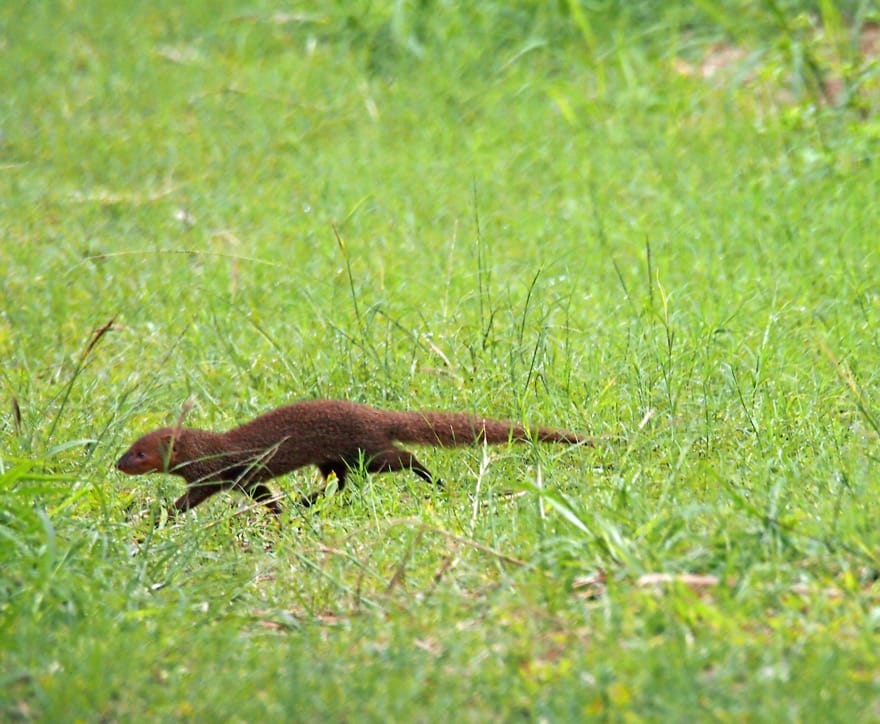
Other ponds in Mai Po are mostly brackish, with water entering from the bay via sluice gates. Some are still maintained following the traditional gei wai practices, enabling visitors to see shrimp harvests on summer evenings, while also supporting fish that egrets and other birds feed on. Creating freshwater marshes is one way of ensuring there is a mosaic of habitats within Mai Po, in turn boosting the diversity of birds and other wildlife.
Just next to the marsh, there’s another freshwater pond that looks picturesque, with lush grassy margins and scattered trees on the banks, but holds only few birds. Just possibly, the sides are too steep, the bottom mud may be compacted and almost sterile, so Cheung hopes it can be drained, and reprofiled using a bulldozer, with more water buffalo then brought in as grass controllers.
The Mai Po team has also worked with their counterparts in the Futian Mangrove Nature Reserve, on the Shenzhen side of the bay – such as helping them transform abandoned deep water fish ponds into shallow water high-tide roosting sites for shorebirds. “Now, they do some education work, and tours,” says Cheung. “The reserve is a ‘green name card’ of Shenzhen city – the local government takes visiting VIPs there.”
Cheung and colleagues also visited a mangrove reserve on an island in Zhuhai, on the west shore of the Pearl River mouth. “There were a lot of mangroves, but few birds could be seen,” she says. Elsewhere along the west shore, there has been so much reclamation that no mudflats are exposed, even at low tide; and Macau now has just a thin band of mangroves.
So, Deep Bay really is a special place. And for all the conservation efforts, such as within Mai Po, its future is far from assured. One problem that Cheung sees is that many fishponds have been abandoned, and with water levels unchanged they become almost sterile. “We hope the government can encourage people to raise fish,” she says. “Otherwise, the future will not be good for birds.”
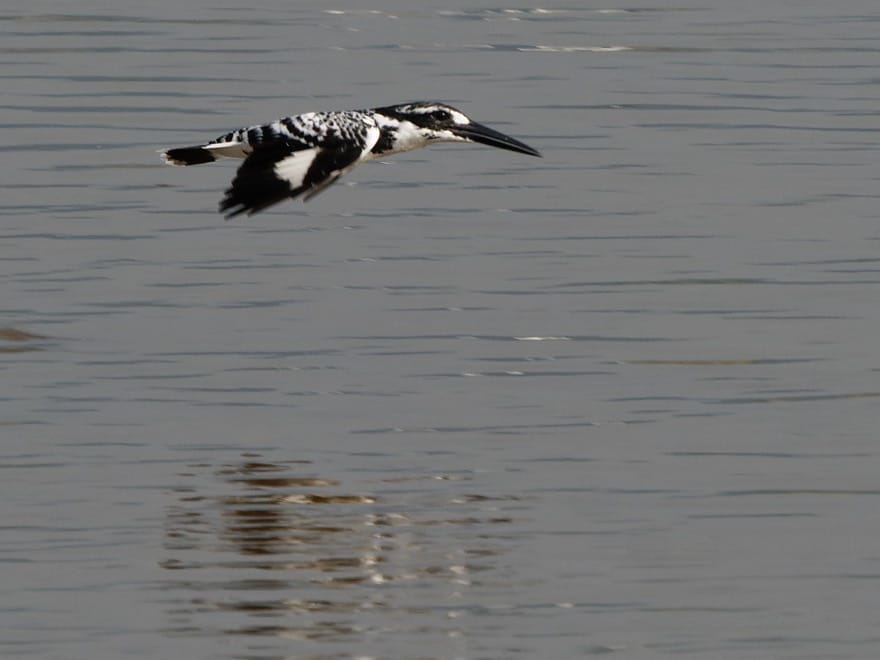
Deep Bay’s established mangrove community outshines new plantations
Professor Joe Lee Shing-yip, of the Chinese University of Hong Kong’s Simon F.S. Li Marine Science Laboratory, has been visiting Mai Po since 1985, especially to study mangroves, and has witnessed increasing sedimentation within inner Deep Bay. “The mangroves fringing Deep Bay are becoming drier and drier, with less inundation by the tide,” he says. “I didn’t see a lot of understorey growth 35 years ago, but now Acanthus [mangrove holly] is common in the understorey, except the very seaward part.”
While sedimentation is natural, Lee says it is exceptionally fast at Mai Po, and perhaps linked to high sediment loads as a result of urbanisation. He predicts the currently open expanse of mudflats in front of the boardwalk hides will be colonised very soon, and quickly. But the seaward edge of the mudflats won’t move, as there are navigation channels in the middle of the bay. “This means the area of inundated mudflats is becoming smaller, and smaller, and so too is the capacity of Mai Po mudflats to support shorebirds,” says Lee.
Elsewhere along the China coast, developments such as extensive reclamation work have destroyed many mangrove areas, but new mangroves have been planted. “The overall mangrove area may have increased slightly in the last ten to 20 years,” says Lee. “But the ecosystem functions of plantations with young trees are less than for more diverse, well established mangroves such as at Deep Bay.”
Lee notes that as well as hosting birdlife, mangroves support offshore fisheries, as they are refuges where juvenile fish can grow, relatively safe from predation. Plus, they help protect coastal areas from storm surges, and store carbon, helping mitigate climate change. In local mangrove communities, these ecosystem services are being reduced by the arrival of exotic mangroves such as Sonneratia, from South Asia, which was introduced in Shenzhen and elsewhere as it grows very quickly.
“Our research suggests that Sonneratia is not as beneficial as was thought,” says Lee. “While above ground, it may grow to twice the height of our native species, if you look deeper the native species have a lot more roots, which makes them a lot better at carbon storage and protecting coastlines.”
Fish farmer subsidies ensure feasts for egrets
Yu Yat-tung, Senior Research Manager of the Hong Kong Bird Watching Society, is another Deep Bay veteran – first visiting Mai Po around 1986. He too has seen worrisome changes.
“Two years ago, I was shocked to realise the population of Shenzhen is about double Hong Kong,” he says. “I’m not surprised to see numbers of birds in Deep Bay, like Black-faced Spoonbill, declining; it faces very big pressures. There’s crazy urbanisation in the Pearl River area; the mudflats are shrinking, and reclamation on the Shenzhen side is not so good. I worry for the future.”
Like Fion Cheung, Yu is concerned by changes in fish farming outside and especially southwest of the Mai Po reserve, including some large ponds being transformed to smaller ponds that are more easily managed but hold less birds. The bird watching society is trying to redress this issue somewhat, through a government-funded fishpond conservation project. The project began in 2012, and Yu says one positive is that numbers of breeding egrets in the Deep Bay area have increased.
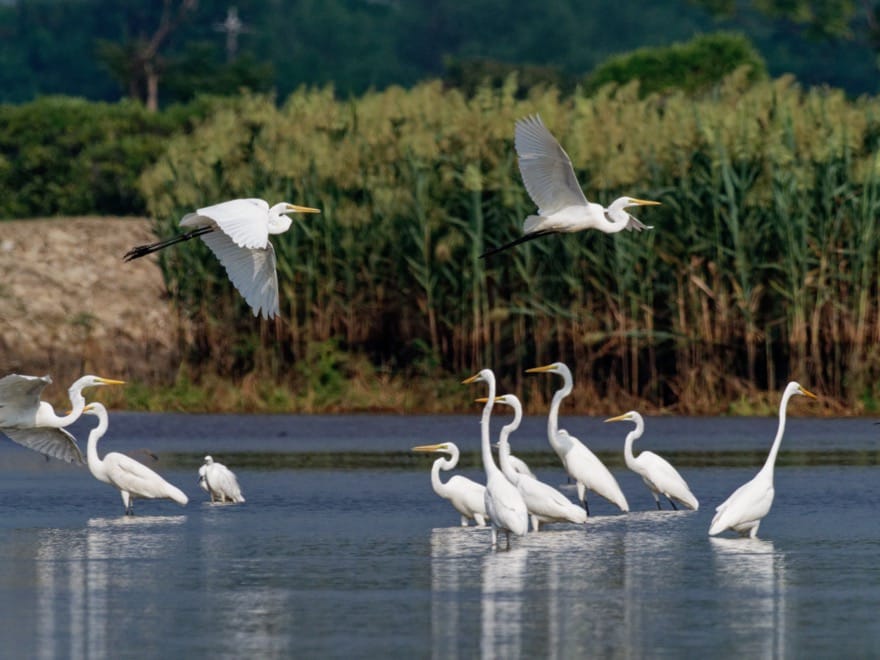
Egrets and other fish-eating birds benefit as the project centres on draining ponds till water levels are very low – a formerly typical practice, that was followed by the mud being bulldozed, with some sludge removed, before ponds were refilled. With fish farmers saving costs by draining ponds less often, the bird watching society now provides a subsidy to some fish farmers, so that once a year they drain the pond, and keep the water low for seven days. “We tell the fish farmers, don’t leave the big fish in the water – you want those for the market,” says Yu. Then, birds can flock in for a feast of easily reached fish.
In the first three or four years, fish farmers grumbled about the work involved, but Yu says, “We are seeing people start to change attitudes towards us, realising it’s not just money, or conservation – they can do both. Some fish farmers know the landscape must be kept, the water must be clear, for good fish harvests.”
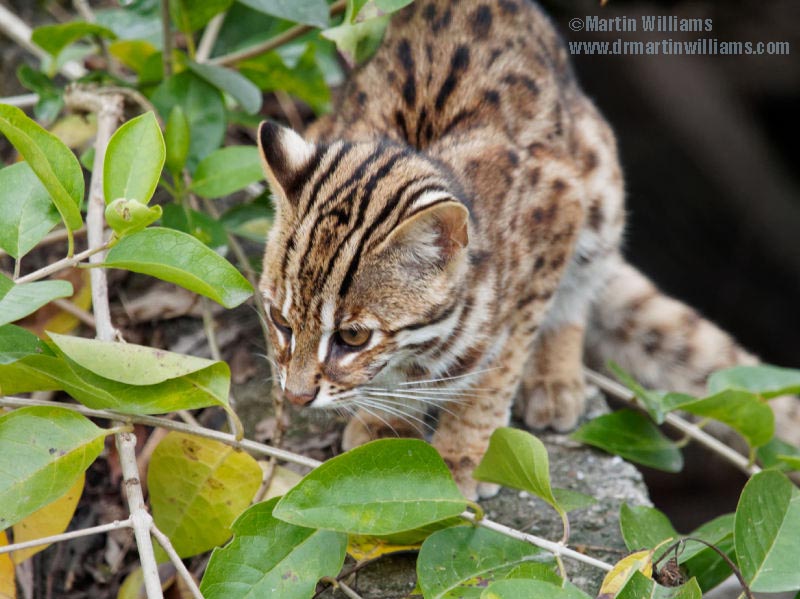
Deep Bay’s otters rarely sighted but caught on camera
Sharne McMillan, a PhD Candidate in the University of Hong Kong’s School of Biological Sciences, has almost completed a study of Eurasian Otters in Hong Kong, which she began in 2016. So far, she hasn’t seen one.
McMillan has, however, found otter scats, referred to as “spraints”, she analysed to collect DNA; taken photos with cameras triggered when infrared beams are interrupted; and – with the help of translators – interviewed local people in the otter’s range, which is nowadays restricted to the Deep Bay area.
“Some people have seen them – like fish farmers, who work at night,” says McMillan. “The otters are rare, and extremely elusive – they often know we’re there, and leave before we can spot them.”
While people traditionally think of otters using underground holts, McMillan has not found any of these in Hong Kong, and suspects they may breed and rest on a bed of grass, known as an “otter couch” – much as researchers have found in Taiwan. Part of the study involves looking at their habitat preferences, as they evidently favour areas with better vegetation cover and limited disturbance. “They want to feel safe,” says McMillan.
Worldwide, otters living near humans are all too often not safe, due to habitat loss, water pollution, and hunting for their pelts. Some of McMillan’s interviewees told her of otters being hunted in the past, while occasionally they were caught in traps set for animals like birds, fish and shrimps. Overall, they suggested otter numbers had declined over time. More happily, the interviewees had broadly positive attitudes regarding otters – which are typically considered too rare to significantly predate on fish, with a recreational fisherman who supported their protection saying, “Otherwise they will become extinct and kids can’t see them.”
McMillan has viewed tens of thousands of images taken with camera traps. At times, these show nothing, as they might even by triggered by grass swaying in the wind. But McMillan has seen mongooses, leopard cats, civets, snakes, and amazing bird photos. “I quite enjoy it,” she says. “When I come across otters, it’s very nice. Occasionally, I’ve seen images of otters with juveniles, or two otters together – that’s very special.”
Along with collecting information, McMillan aims to help inform efforts to protect otters, and suggest how they can be surveyed and monitored long-term. “There’s still a lot to learn,” she says. “There’s a lot of interest, and ngos, researchers, the government local people should work together, to come up with solutions for conserving the otter.”
Written for the Croucher Foundation






